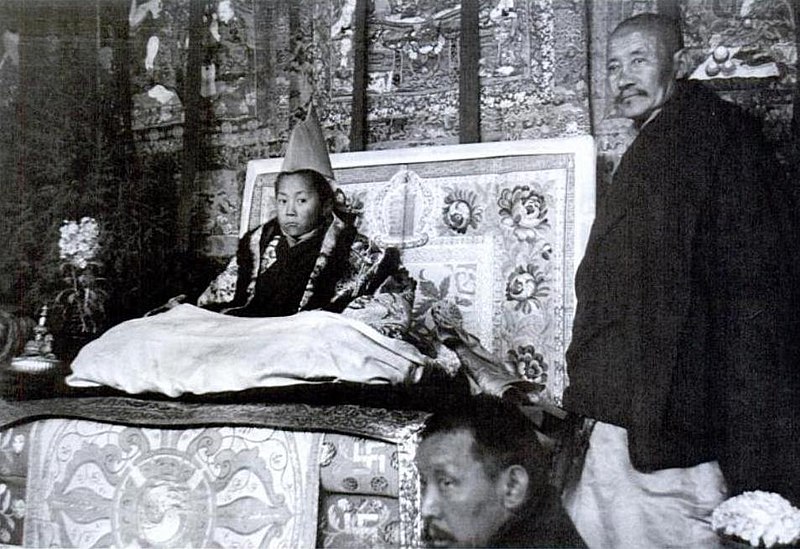In 1959, Tibet faced a crisis as tensions between the Chinese government and the Tibetan resistance forces, who were fighting for Tibetan autonomy, escalated. On March 10, thousands of Tibetans gathered in Lhasa to protest Chinese rule, fearing that the Dalai Lama was in danger of being abducted. As the situation worsened, the Dalai Lama made a critical decision—to flee Tibet. His departure marked a pivotal moment in Tibetan history, leading to decades of exile and advocacy for Tibetan autonomy.
Disguised as a soldier, he and a small group of trusted followers began a dangerous 15-day journey through the Himalayas. On March 30, he crossed into India, where he was granted asylum. His escape led to the establishment of the Tibetan government-in-exile in Dharamsala, India. Despite the challenges, the Dalai Lama continued to advocate for Tibetan rights, demonstrating his unwavering dedication.
Today, the Dalai Lama remains a symbol of peace and resilience. His journey reminds him of the struggle for freedom and the power of nonviolent resistance.
Fun Facts:
- Date of Escape: March 30, 1959
- Starting Point: Lhasa, Tibet
- Destination: India
- Reason for Escape: Increasing Chinese control and threats to his safety
- Impact: Led to the Tibetan government-in-exile and global awareness of Tibet’s struggle
- The Dalai Lama’s flight to India was a defining moment in Tibetan history, symbolizing the resilience of a people fighting for their culture, religion, and independence

